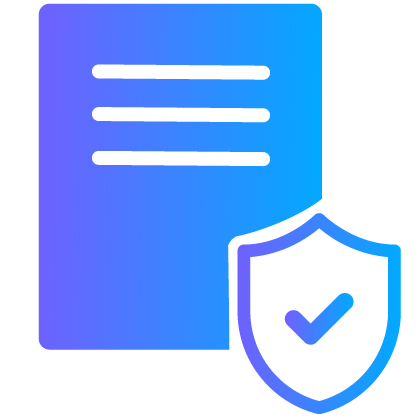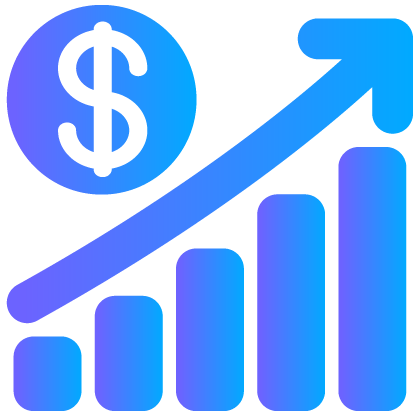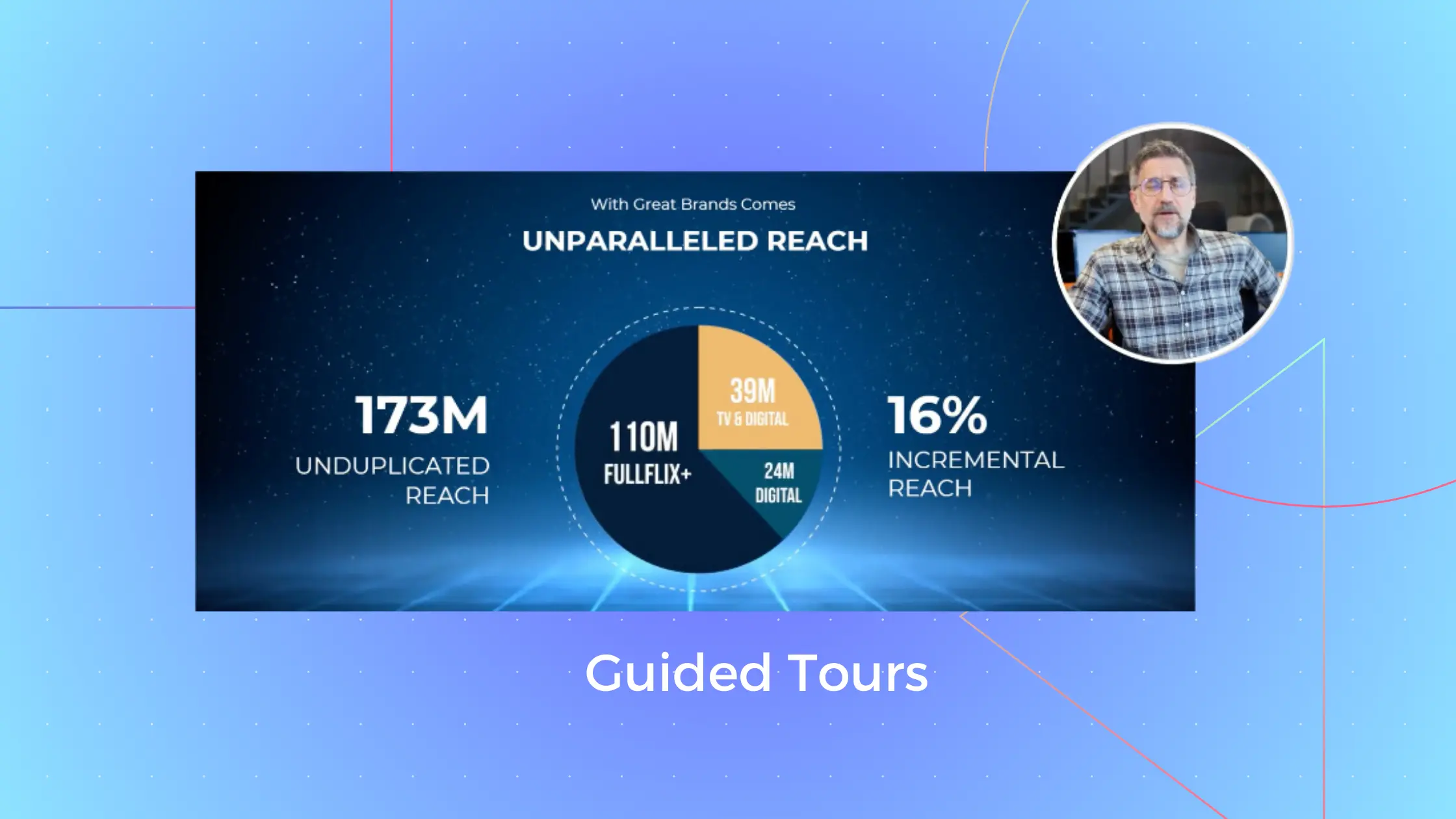In the world of sales, delivering memorable experiences and capturing prospects’ attention are crucial for success. Guided tours offer a powerful tool that can significantly enhance sales performance. In this blog post, we will explore the concept of guided tours, their strategic use, and best practices to create engaging and personalized experiences that showcase the value of your product or service.
What is a Guided Tour?
A guided tour is an impactful approach that goes beyond traditional product demonstrations. It involves presenting prospects with curated content and use cases that highlight how your offering can address their specific pain points.
By showcasing real-life scenarios that resonate with prospects, guided tours enable a deeper understanding of the value your product or service can provide.
When do you use a Guided Tour?
Guided tours are most effective when prospects have already consumed some information about your offering and are ready to take action. By this stage, they should be uncomfortable with their current situation and open to exploring alternatives.
Guided tours provide a persuasive experience that engages prospects, helps them visualize the benefits of your solution, and motivates them to move forward in the sales process.
Guided Tour Best Practices:
To create impactful guided tours, consider the following best practices:
- Personalization: Tailor the guided tour to address each prospect’s specific needs and pain points. By highlighting how your product or service can solve their unique challenges, you establish relevance and forge a stronger connection.
- Use-case scenarios: Break down the guided tour into a series of independent video segments, showcasing different use cases that prospects can recognize as meaningful and predictive. Demonstrate how customers can leverage your product’s features to achieve superior business results, effectively demonstrating the value of your offering.
- Visual engagement: Utilize visual aids like presentation slides or motion graphics to enhance guided tours, conveying context and explaining business problems while captivating and informing viewers. Another valuable tool for visual communication is a professional flyer maker, crafting visually appealing promotional materials to complement the tour.
- Next steps: Provide the opportunity for a diagnostic session to explore their problem on a group or company-wide basis, allowing them to fully grasp the scope of their challenge. This encourages them to take ownership of their decision-making process.
Zoomifier’s Narratives and CustomShow enable you to create Guided Tours that capture the essence of your best sales demonstrations.
With Narratives, you can personalize the Guided Tour to focus on each prospect’s needs, you establish relevance and build a stronger connection.
CustomShow complements Narratives by providing a presentation slide library that includes slides to explain the context of a business problem. These slides seamlessly embed the video segments from Narratives, allowing you to assemble and personalize a set of use cases for each customer’s specific needs.
Guided tours, when executed strategically, provide a powerful tool for improving sales performance. By leveraging personalized content, showcasing use-case scenarios, and providing visually engaging experiences, guided tours enable prospects to understand the unique value your product or service offers.
To learn more about other engagement objects, please check: Fueling B2B Sales Performance through Effective Engagement Objects.













